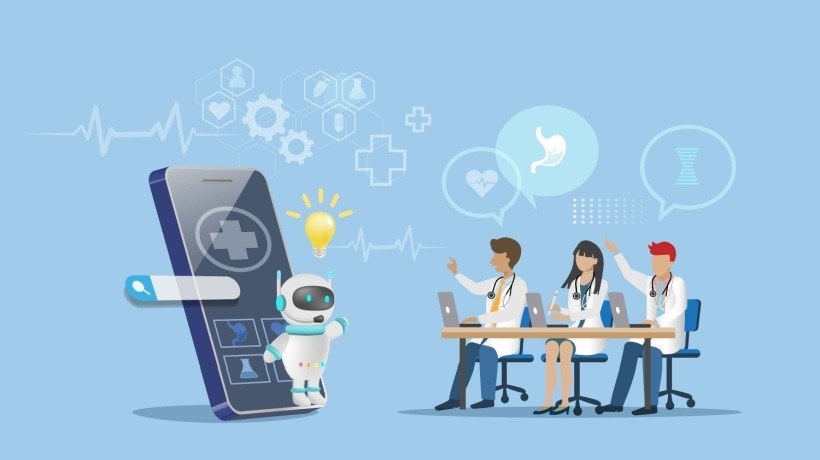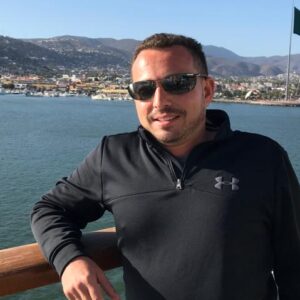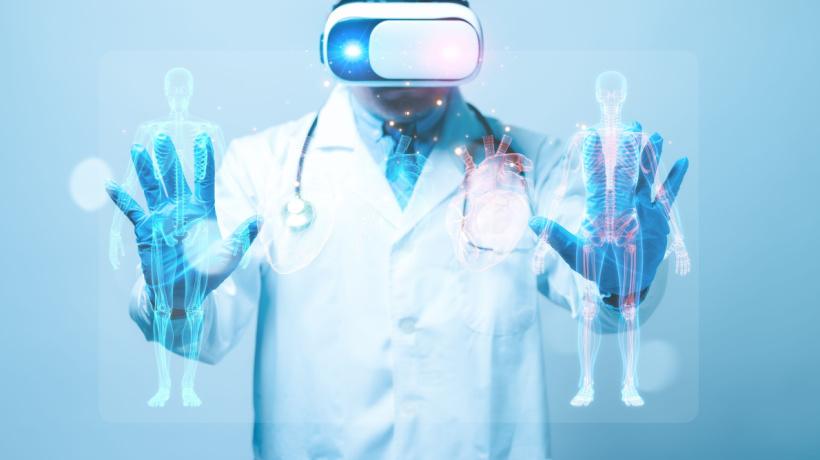The Current State And Direction Of Medical Education In Africa
Sub-Saharan Africa (SSA) has the highest number of adolescents and young adults in the world. Unfortunately, SSA is also the home of the worst adolescent/youth health portraits. However, embracing medical education could improve things. It is the work of medical educators and public health stakeholders to improve healthcare in this developing region.
However, it is important to note that it is in the 21st century that there have been major developments including increment in the number of medical schools, better curriculum, learning equipment and facilities, improved working conditions for health workers and teaching methods. Despite the wide range of languages, corruption, inaccessibility to mHealth, lack of resources, famine, and civil unrest in some of the countries, medical education remains promising in the region.
Although people in SSA (mainly young) rarely use mHealth programs, they use mobile phones to access medical care by calling for help and searching for answers on the web. By building dimensions for increased doctor training, inventiveness in doctor training and employment of doctors after they have completed their online courses, we can make healthcare in Sub-Saharan Africa better, more accessible and progressive. Before making rash judgments on the medical education system in SSA, it is important that you understand its achievements, milestones, and potential in detail. Here is a deeper insight into the layout of medical training and care in Sub-Saharan Africa.
African Youth And eLearning
It is important to note that now, more than ever, African countries are turning to online platforms for information and assistance (9th International Conference on ICT for Development, Education & Training, 2014). eLearning materials, including video and audio, are vital in providing skills and information for the continent’s population (Iyadunni Olubode, Executive Director LEAP, 2014).
Fast forward to today, 81% of the population are mobile subscribers, 29% are internet users and 14% are active on social media (Digital In Africa 2017, Hootsuite). For Africans to be able to access distance education of medicine and mHealth care and support, more people have to be active internet users.
Health-Affiliated Phone Practices Of Young People In Sub-Saharan Africa: Major Challenges
- Calling for practical and material help during times of sickness or emergencies.
- Seeking health tips, first aid advice, and information on medicines, symptoms, and reproductive health.
- Make inquiries and bookings on medical schools and health stations that have official platforms like the website and online courses.
Recurrence Of Fatal Diseases
Unfortunate events like the West African Ebola epidemic, which is the most critical in the history of the disease, could have been better managed, if only there were enough doctors. 8,037 people succumbed to the Ebola virus in 2014 (WHO figures, 2014). Lack of information on the symptoms, causes of infection and prevention is one of the reasons why the killer disease spread so fast.
The Ebola epidemic is just one example of how important it is to have a huge health workforce. The lack of enough doctors meant over-shared medical services and little medical education on the disease, for the everyday citizen. For the state of public health to improve in Sub-Saharan Africa, more people have to be medically aware by using universal methods like eLearning. Also, the number of people pursuing medicine has to significantly increase, with mLearning being a brilliant compliment to classroom studies.
Other examples of major diseases that occur too often are; malaria, strokes, HIV/AIDS, respiratory infections, and diarrhea.
Medical Education System: South Africa, Nigeria, And Kenya In Comparison
Now, more than ever, the world is faced with health inequities. In Sub-Saharan Africa, the medical education system is still not in a state where it can produce enough doctors to serve the big population. Deficient budgetary resources, capacity gaps, attitudes, insufficient physical infrastructure, and social and cultural practices are examples of things that are making it hard to educate enough doctors in SSA.
Even in countries where there is a considerable number of schools, those institutions lack the capacity to produce a significant number of doctors.
South Africa has 8 medical schools, with each being under the auspices of Public Universities. The number of schools of health in S.A might not be as many as in developed countries, but the country is strict when it comes to licensing and regulating doctors. For example, after successfully completing studies, medical graduates are required to attend a two-year internship and one year of community service before registering with the Health Professions Council and practicing as a doctor. South Africa also offers international exams like USMLE and MCAT.
In Nigeria, improvements in medical education are still underway. For instance, medical students will be required to attend University for a minimum of 10 to 11 years. (Executive Secretary NUC, Prof. Julius Okojie, 2016). According to the system, students are supposed to spend four years studying basic sciences, then major in their desired field of medicine for 7 years. Many have argued against this policy, citing that 11-year programs may not be affordable to all people interested in studying medicine.
Kenya has a significant number of medical students considering the size of their ‘Approved Medical Schools’ list. There are about 11 institutions that offer medical courses in Kenya. There are also Kenya Medical Training Colleges almost in every county, with some counties hosting multiple KMTCs. Some groups like Community Health Promotions Kenya (CHPK) have also been coming up in attempts of popularizing the online courses and idea of ‘IT for medical education’.
Medical education in Sub-Sahara is promising. In fact, it is in the process of breaking out of its shell to reach its full potential. However, the governments of African countries need to collaborate effectively with medical staff, stakeholders, and other medical bodies to reduce the occurrence of strikes. Institutions that offer medical training should embrace EdTech and eLearning methods like live webinars, e-books and online courses and revision of exams.
The administering of ‘common’ exams is also a way of closing the gaps in health, globally. African countries like Ghana, South Africa, and Nigeria do the International Medical College Admission Test (MCAT). The United States Medical Licensing Examination (USMLE) is available in most African countries, with Egypt, Uganda, and Zimbabwe making the list.
Can Distance Education Cause Significant Improvements In Medical Courses In Sub-Sahara?
Yes. Almost everything is possible with just an internet connection, in the 21st century. If people can make long-term relationships, sell and buy items, self-publish books, gamble, and excel in careers that are solely online, why shouldn’t medical education be available via the web?
The Masters of Medicine can start being part of the solution by making their courses. Lessons, learning and revision materials available online. Video lectures, consultations, and eDistribution of learning tools psychologically prepare the medical students for their profession. Nowadays, it is also easier for students to refer to notes and access medical-related news, update, and studies online.
The ministries of health can improve public health by making soft medical information available. Important information includes warning and advice on hotspots for transmittable illnesses like Malaria, contact lists for hospitals and clinics, caution on resistant drugs or medicine that should no longer be in the market or is counterfeit. If mHealth is available for the largest fraction of the populations, positive improvements in health rates will be noticed.
To conclude, the structure of medical education in Sub-Sahara Africa has come from far and is still making noticeable progress. However, efforts to leapfrog into the mLearning generation are still not significantly fruitful. Action should be taken by the concerned bodies to make medical education, guidance, support, and information available to students of medicine and the general public.









